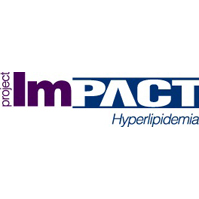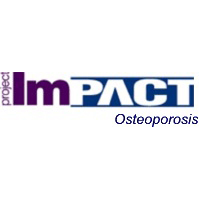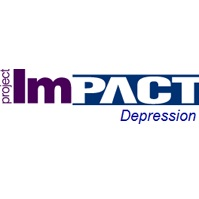Other Chronic Disease Research

About the Issue
Chronic diseases account for 7 out of 10 deaths among Americans each year and approximately 75% of the $2.6 trillion the U.S. spends annually on health care.1 The APhA Foundation believes that pharmacists are a solution to better controlling chronic diseases and has focused substantial research efforts on demonstrating the value of pharmacists in improving health outcomes and lowering overall costs for chronic disease patients. The Foundation has implemented its Project ImPACT process of care model to study its effect on chronic diseases such as Osteoporosis, Depression and Hypertension. ImPACT stands for Improving Persistence and Compliance with Therapy and the ImPACT care model encompasses a collaborative effort between the patient, caregiver, prescriber, and pharmacist to improve chronic disease control.

Solutions for Atrial Fibrillation Edvocacy

Project ImPACT: Hyperlipidemia

Project ImPACT: Osteoporosis

Project ImPACT: Depression

Project ImPACT: Hypertension



